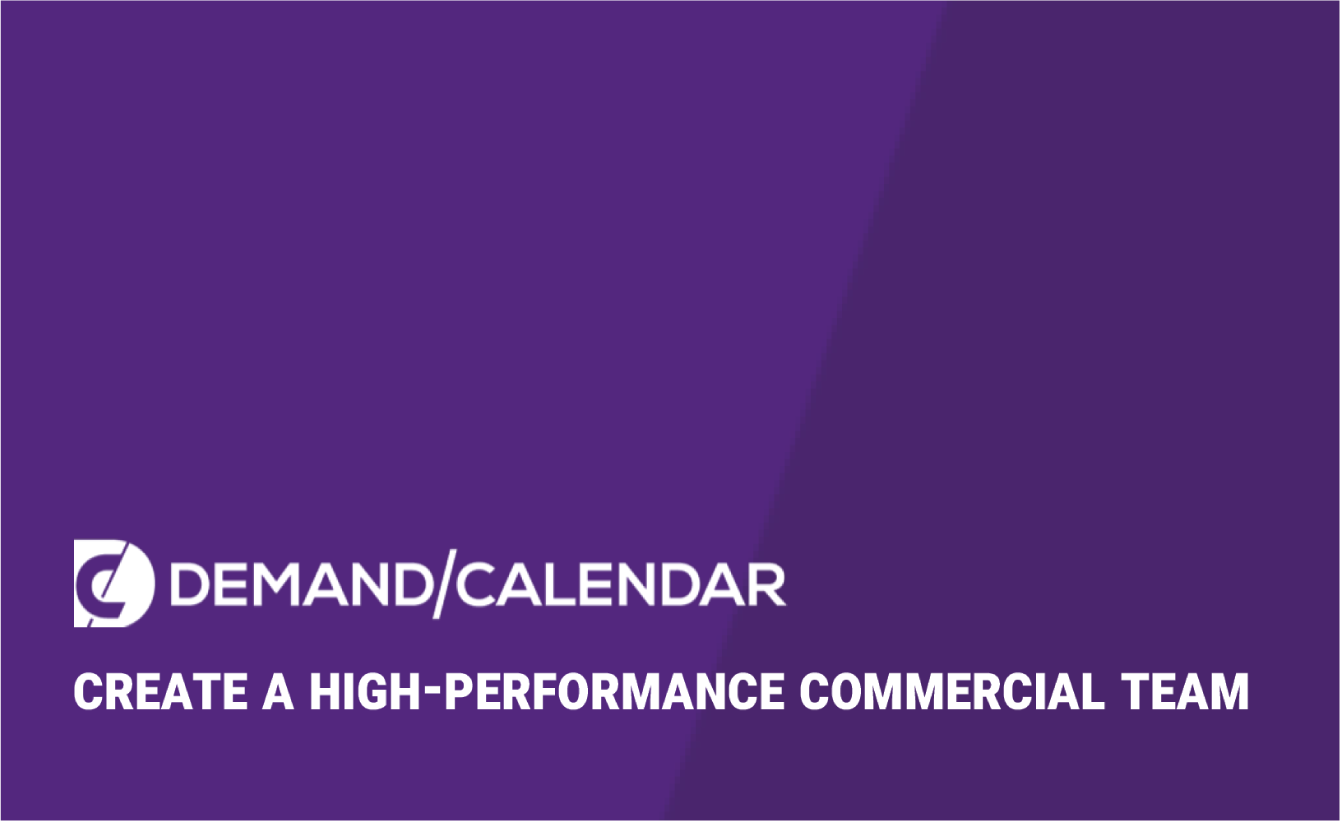Every hotel needs a recovery plan for fast recovery when people start traveling again after more than a year of travel restrictions and work from home. Many people have saved a lot of money and are now ready to spend on travel, culture, and pleasure. Hotels need to understand that consumer preferences and behavior have changed and segments have shifted. The commercial team must adapt to the new reality to capture more of the market than their competition.
The pandemic will soon be under control, and people can start traveling again. The latest industry forecasts indicate that the year of full recovery will be 2023 or beyond. For individual hotels, the recovery depends on the type of hotel, location, target groups, and many other variables. Every hotel needs a recovery strategy that will take the hotel back to the pre-pandemic revenue levels. The recovery will most likely take a few years, so hotels have to plan for several years. Here are five essential building blocks in the recovery plan.
Evaluate the overall market positioning
The hotel probably already has a clear position in its destination based on star rating, type of hotel, guest reviews, and other variables. Over time, the hotel invested time and money to build this solid market position. When reviewing the overall strategy, it is essential to re-evaluate if the current market position is the right one for the future. The immediate answer is yes because the hotel attracts the target group it was built for, and these guests will soon return. Stick to the original market positioning. Adjust the product and services to new consumer needs and requirements to reinforce rather than changing the market position.
The exception is if the target audience has disappeared and will not return any time soon. In this case, the hotel needs to change the market positioning to attract new target groups.
Focus on the right market segments
The total demand from all segments changed dramatically due to different types of travel restrictions. During the recovery, some markets will rebound sooner and more vital than others. Maybe some types of guests will not return for a long time or at all. Get some insights into the behavior of different segments and determine the likely future segment mix for the hotel. Select three to five focus segments and make a marketing/sales plan for each one. Timing is essential. Capture the early returning guests first. Other customers need to be targeted later during the recovery.
B2C activities to drive direct bookings
Keep the dream about more direct bookings alive. During the pandemic, people wanted to book directly to assure safety measures, opening hours, etc. Make sure that there are attractive offers on the hotel website to encourage guests to book direct. Campaigns are a must due to fierce competition, but it is more about content than a low price. People have accumulated money during the pandemic and are ready to spend on travel and pleasure.
B2B activities to keep customers
Meeting & events, groups, and corporate travel will likely return at a slower pace. Governments will eventually lift the restrictions for large gatherings, but new rules could come back if there is another pandemic wave. The hotel needs a salesperson to build long-term relationships to secure the business for the future. The recovery plan all depends on how important the business segments are for the hotel.
Flexibility to adjust for changes
Now, it isn't easy to forecast the future. Therefore, the recovery plan needs to be flexible. If demand from some segments grows faster, the commercial team should focus on capturing these guests. If a segment grows slower, the hotel should reallocate resources to capture other target groups.
The hotel needs a talented commercial team to execute the recovery plan. Every hotel will have its unique commercial team.
Click on the "DOWNLOAD-button to the right and download the white paper.

